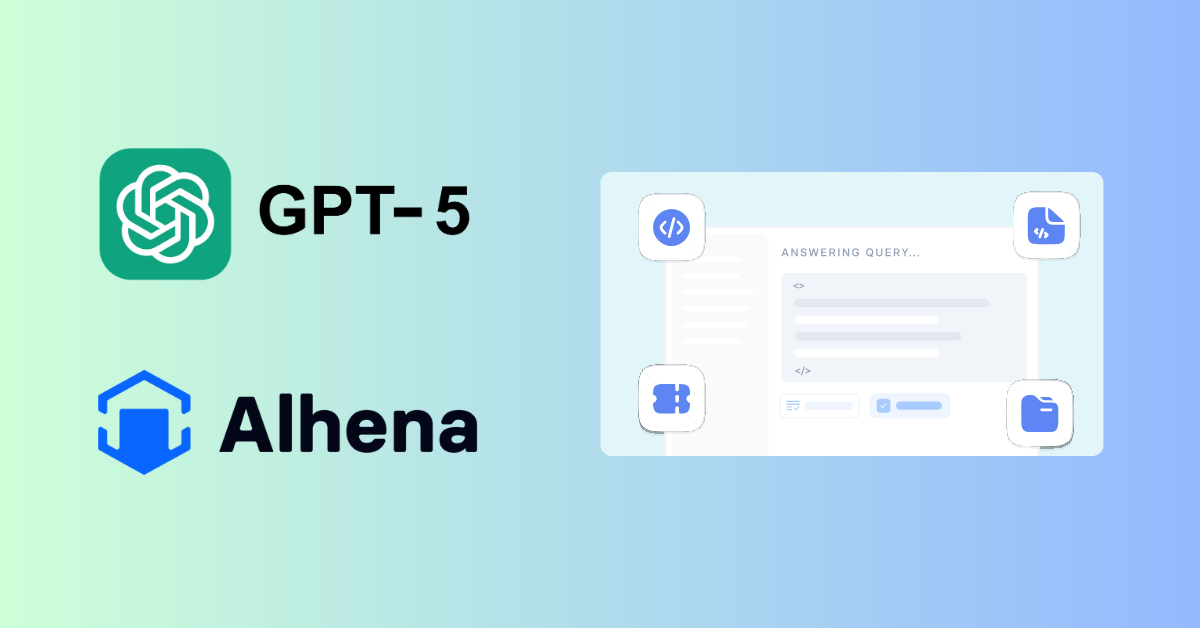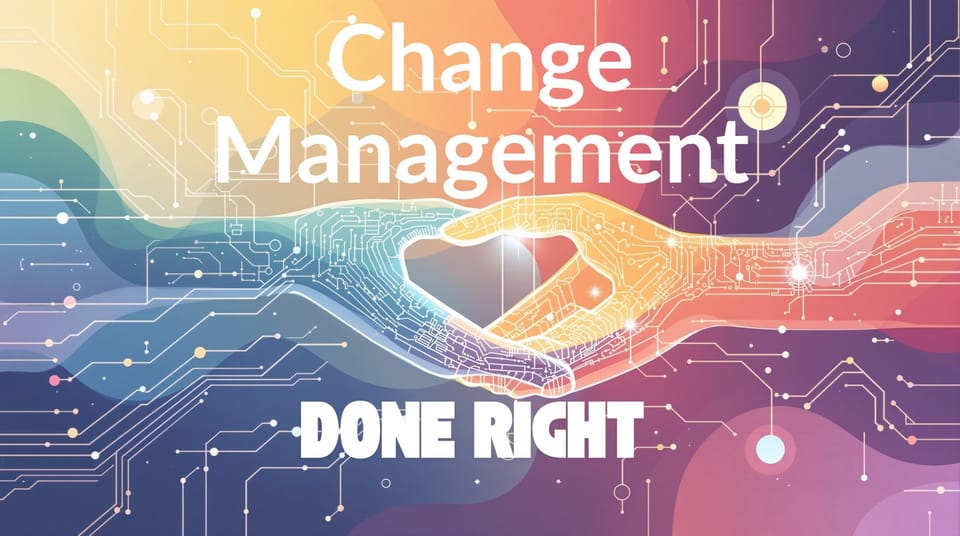Early Impressions: GPT-5
Early impressions of GPT 5 and what it brings to Retail and Alhena

We’ve begun testing GPT-5 within Alhena. While I’ve only had limited hands-on time with the model so far, the differences are clear enough to share some early impressions (and I plan to keep updating this blog as we learn more).
One of the most notable shifts is the unified architecture. In earlier models, there was often a trade-off between deep reasoning, conversational fluency, and factual reliability. GPT-5 combines these more seamlessly, adjusting its approach depending on the nature of the task without the need to manually switch between different model types.
Here are a few early observations from our testing:
Richer multimodal handling
GPT-5 processes text, images, and structured data together more naturally. In a retail context, that means the model can take a customer’s product photo or selfie, combine it with catalog data, and offer relevant, on-brand recommendations in a single step.
Stronger long-context capability
We’ve been able to maintain more complex, multi-turn conversations without the model losing track. This makes a noticeable difference for shoppers who need to explore multiple products, compare details, and clarify policies in the same session. It also improves the quality of handovers to human agents, since the full context is preserved.
More effective real-time synthesis
The model appears better at combining data from multiple sources like inventory, sizing charts, or order history into one confident, accurate response. This could help us raise deflection rates while keeping responses grounded in verified content.
Easier experimentation
Because GPT-5 adapts dynamically, it’s more straightforward to test variations in tone, upsell strategies, and conversation flows without re-engineering prompts from scratch. That should make it easier to iterate quickly and see what works best for each brand.
These are still early days. We’ll continue running structured tests to understand how GPT-5 behaves across different retail workflows, how it impacts operational metrics, and where it can unlock new capabilities. I’ll share updates here as our understanding evolves.
For Our Existing Customers
We’re approaching the rollout carefully to make sure every migration is smooth and adds real value.
Our rollout strategy:
Early Adopters – Customers who proactively expressed interest have already been upgraded.
Gradual Migration – For others, we will first review your use cases in detail, then work closely with you to plan the transition.
Proactive Outreach – Our team will contact you directly to discuss timelines, adjustments, and any workflow changes before we make the switch.
If you have questions or want to explore moving sooner, please reach out to your account manager. We'd be happy to walk you through the possibilities.


